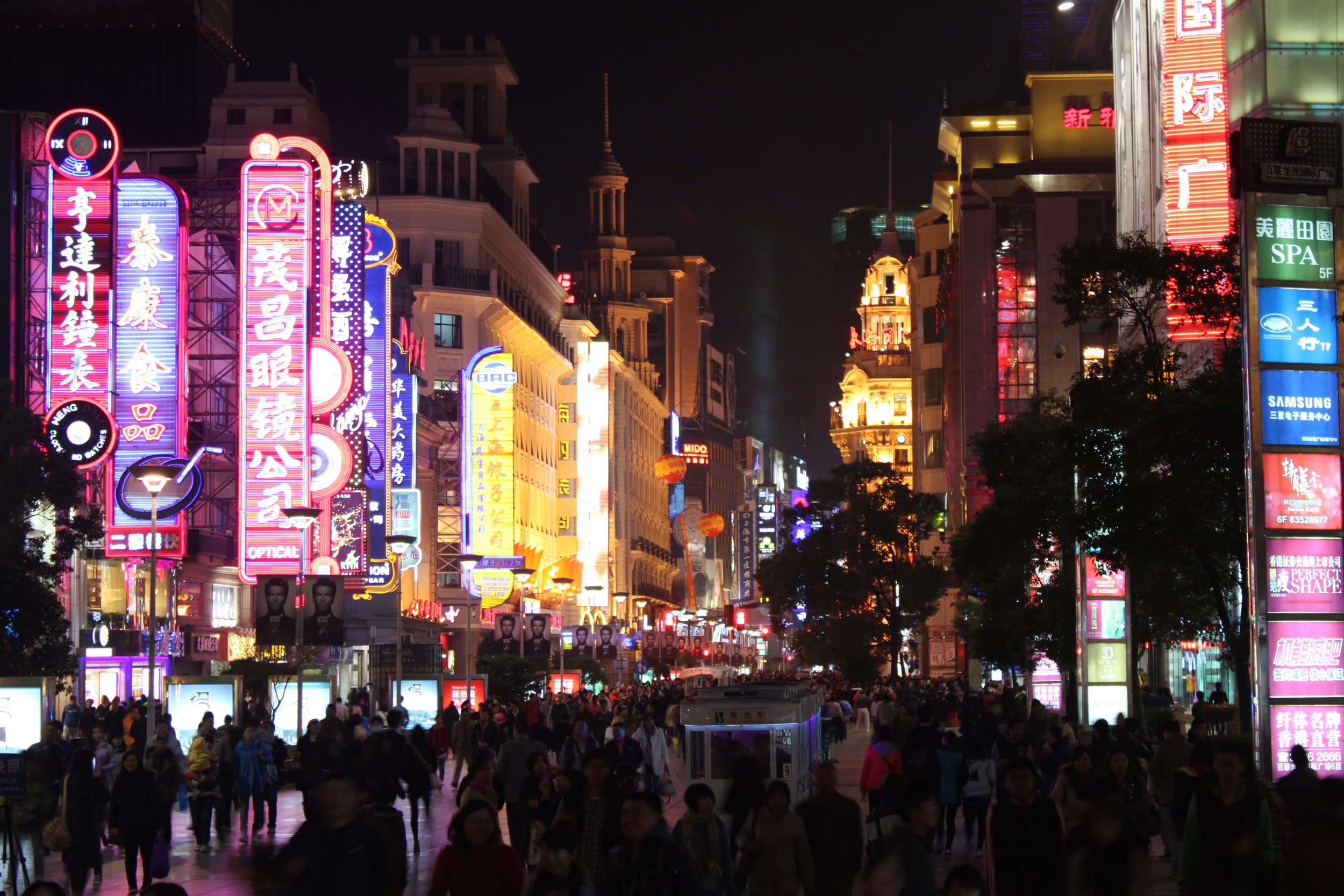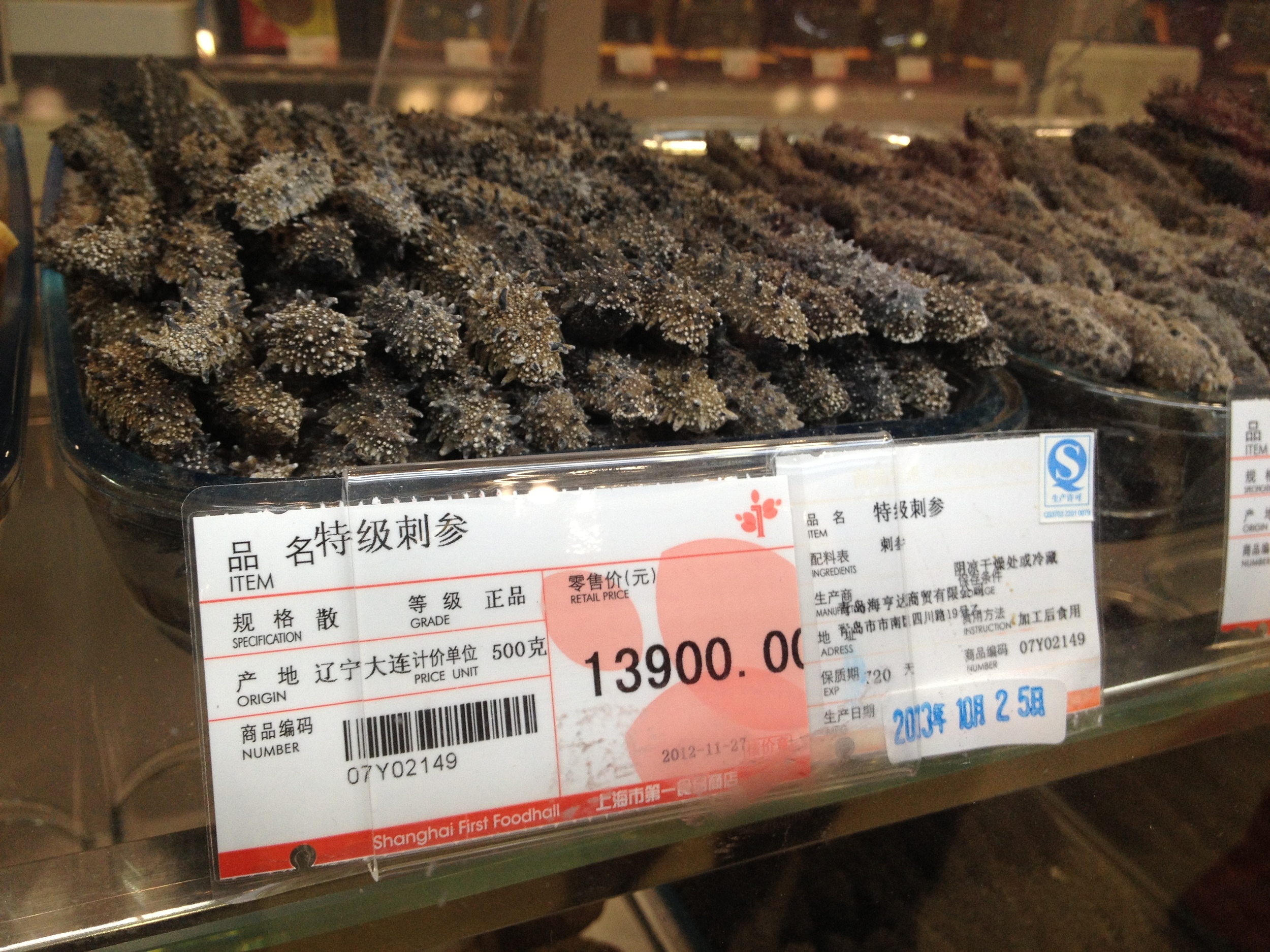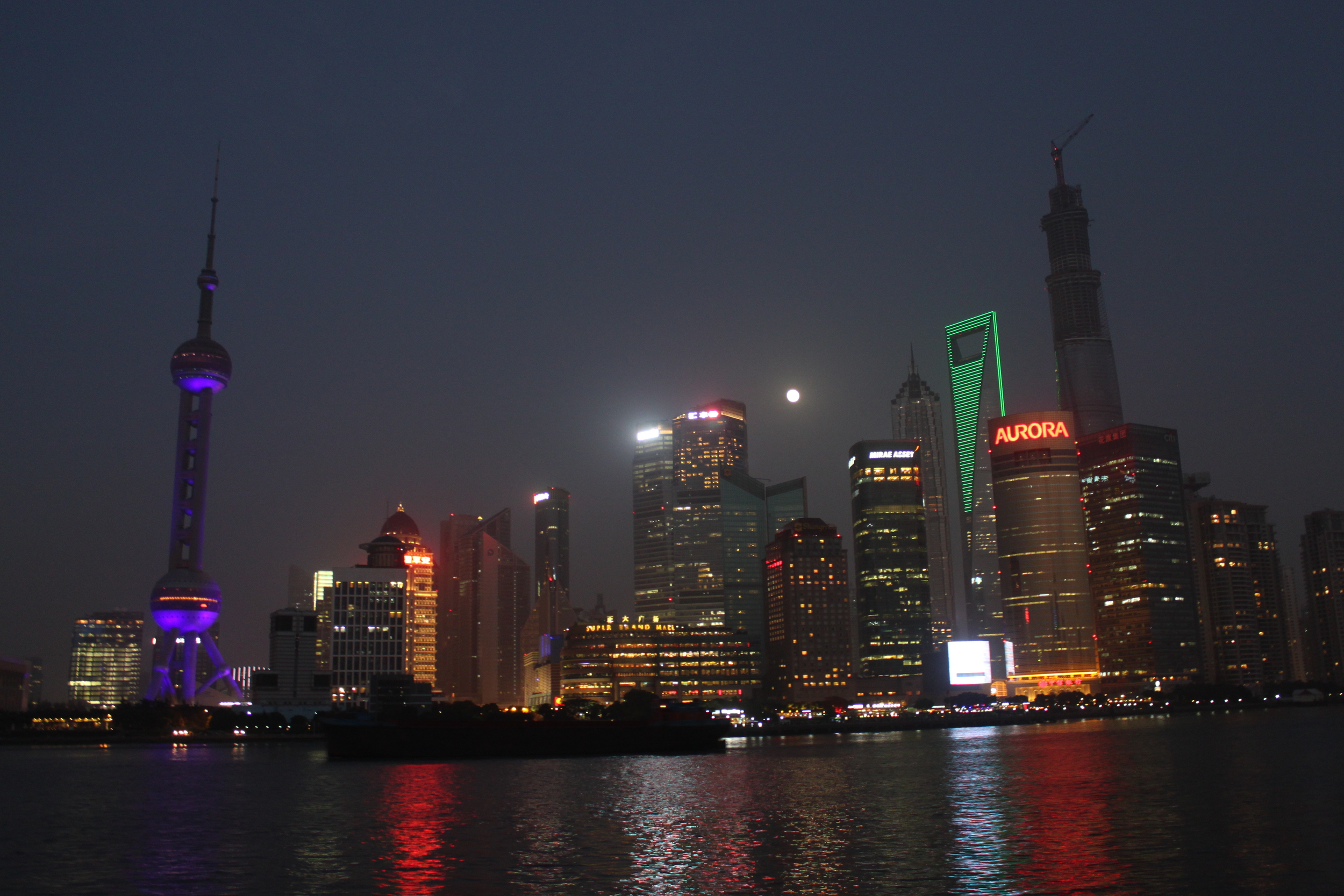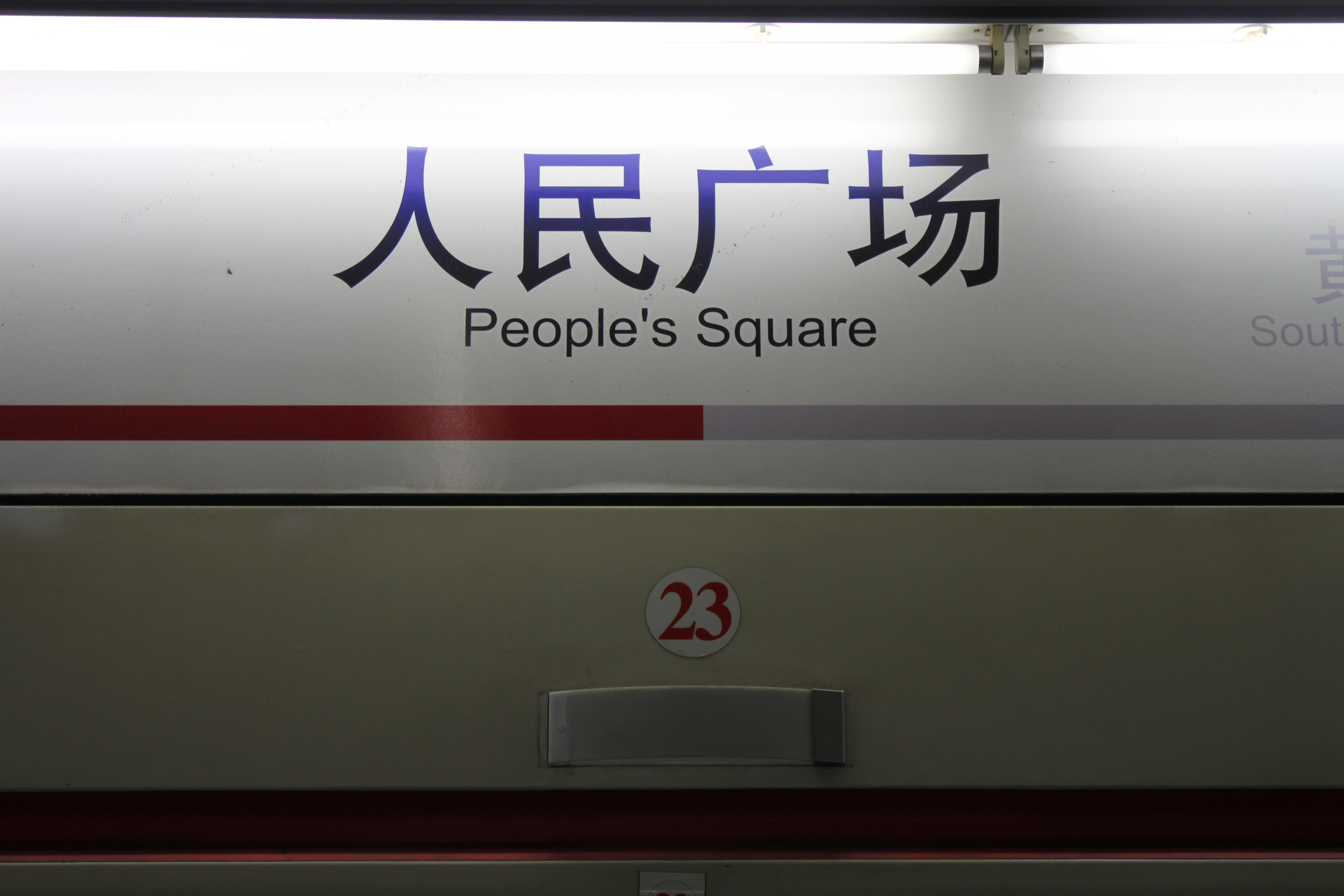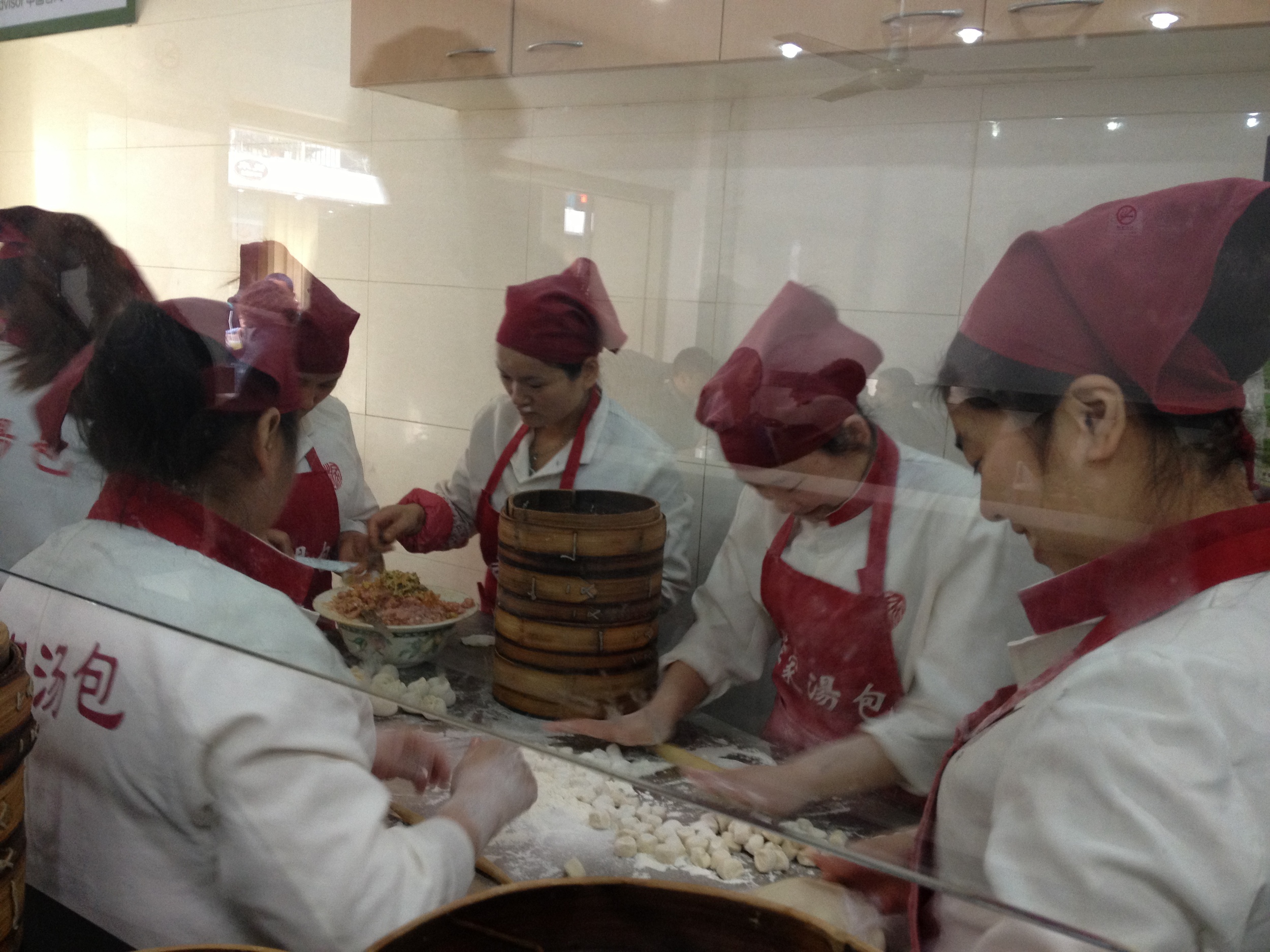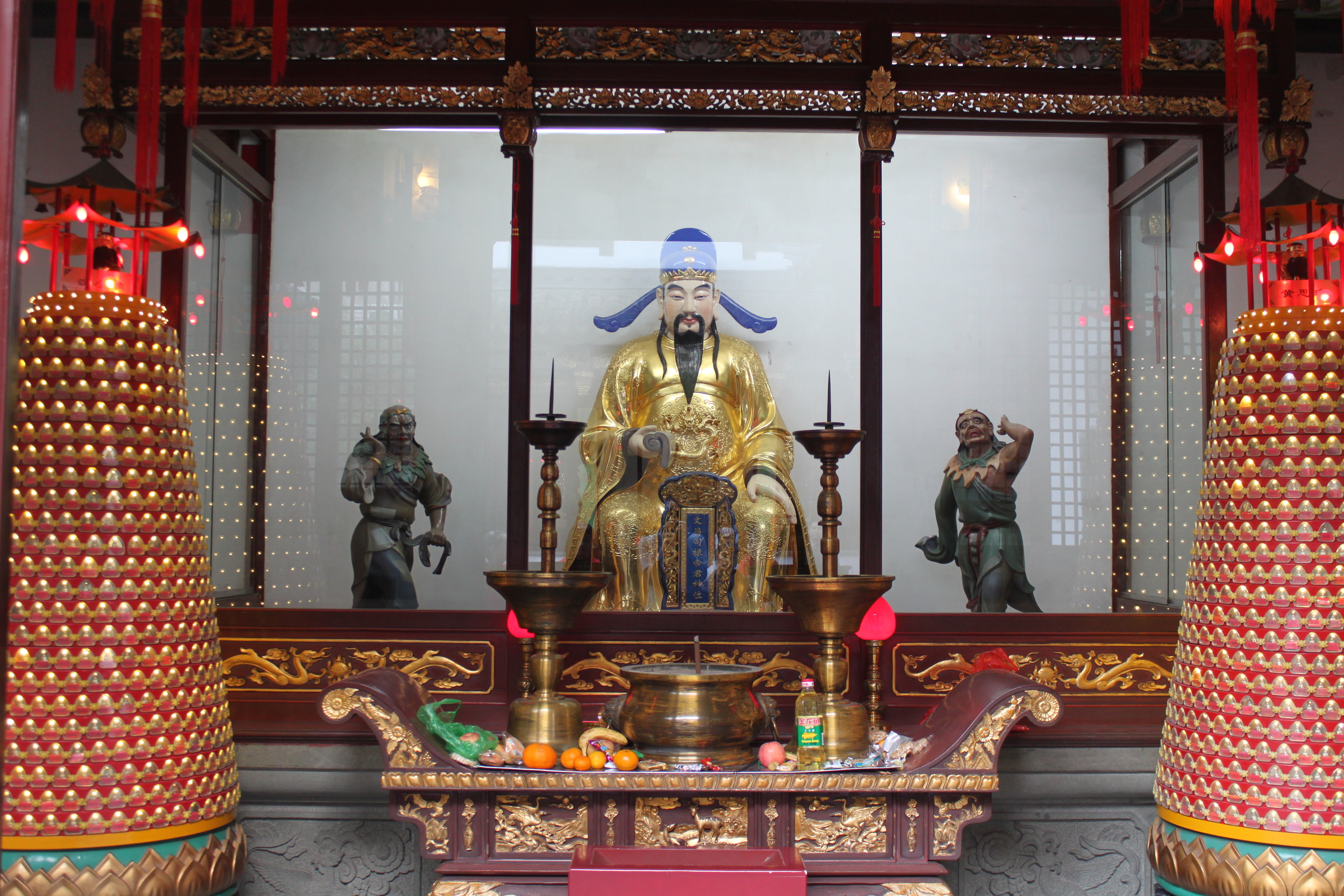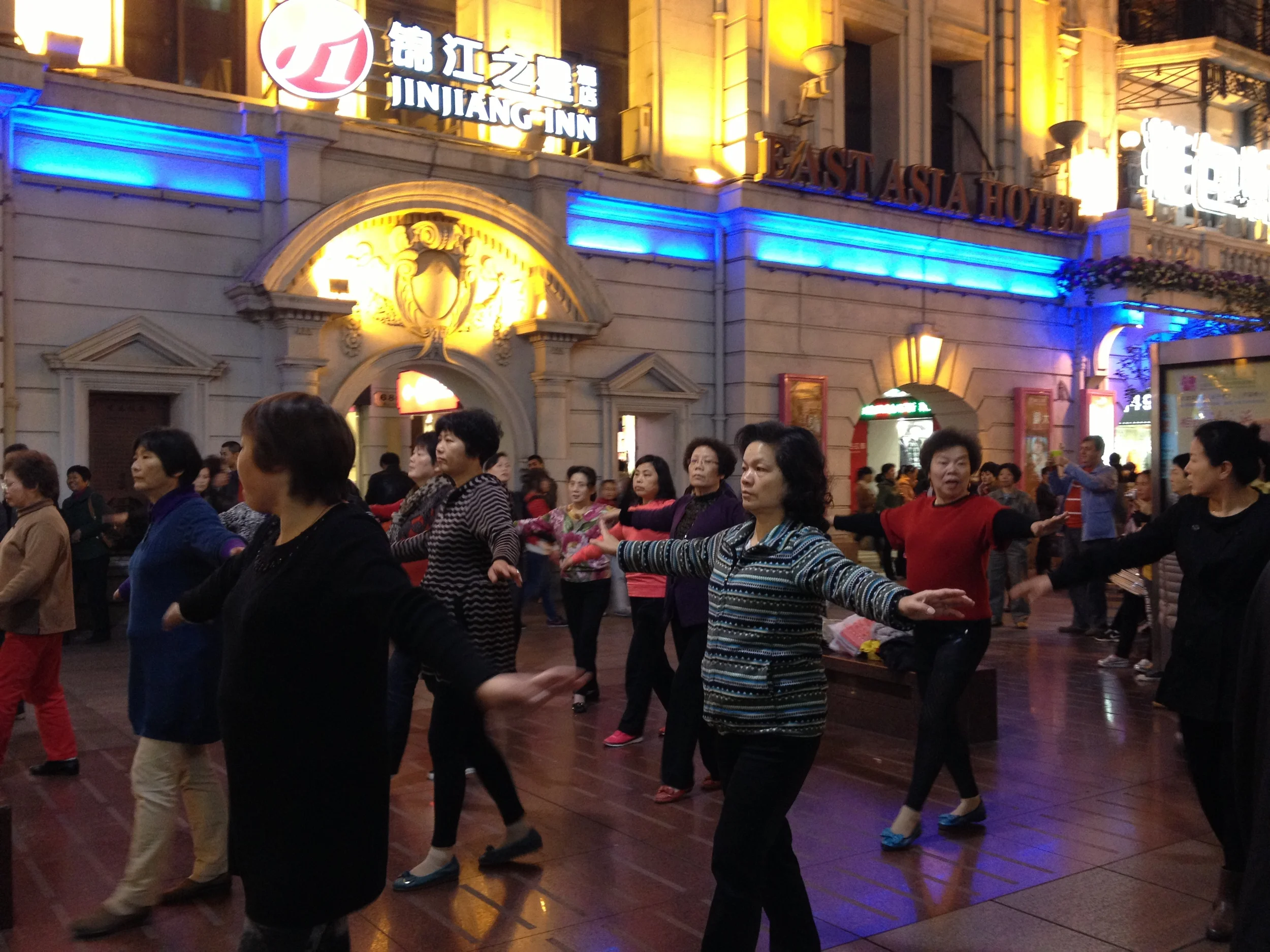shanghai
We made it to Shanghai by a pure stroke of luck. We had (sadly) been ready to forego China in favor of other countries for two reasons: first, we didn’t want to deal with the painful and expensive visa process and second, it’s such a huge country with so much to see that it warranted its own future trans-Pacific trip. However, while we spent a cool, rainy morning by the open window of our Kyoto ryokan (a Japanese B&B) we discovered that there was another way into China. This very year they had instituted a policy where visitors could spend up to 72 hours in a major city with no visa. This was tailor-made for our whirlwind Asia trip as Shanghai was right on the way to Hanoi, our next destination. After some hand wringing about how far we could trust the Chinese government to let us in, we found a cheap flight with a two day stopover in Shanghai and booked it.
Going to Shanghai turned out to be one of our best decisions. We learned a stunning amount about a part of the world we had not expected to see at the cost of only two days. The first great experience came as soon as we got off the plane. The best way into the city is the Maglev train, a powerful display of what a government can do when economics don’t matter. This is the world’s first public train using high-speed magnetic levitation, and it takes you 19 miles from Pudong airport to the outskirts of Shanghai in just seven minutes. The cruising speed is 430 km/h (268 mph), about 70 mph faster than Japan’s shinkansen, and the countryside whips by at a literal blur as the banked turns push you into your seat. The problem is, the line cost $1.3 billion to build and it only brings you to a regular metro station on the eastern outskirts of the city, where passengers need to connect to a slow subway to get anywhere. With tickets costing just $7 and locals still opting for cheaper transport (the train was mostly empty and almost all the passengers were snapping pictures of the speedometer), the train might not have been the best use of public funds. This was the first example of grand Chinese public works we saw, some of which don’t make sense. Where Seoul has every inch of the city dedicated to making money, in Shanghai you can find vast, empty bus stations and beautifully manicured, well-used urban parks. The best kind of city is probably something in between Shanghai and Seoul, where people have green space and efficient transport but don’t subsidize worthless infrastructure.
Something we were very excited about after booking our tickets was trying some authentic Shanghai food. We knew that Shanghai specializes in xiaolongbao, or soup dumplings, something we go out of our way for in Chinatowns around North America. Carla in particular is a fiend for them and was on a mission to find them as soon as we got to the hotel. These unique little treats are filled with a ball of fatty ground pork, maybe with crab or egg, and somehow hold a soupy broth that spills out into your spoon as you shovel them into your mouth. They are always delicious, and maybe the tastiest Chinese food I know of when done well, but a richer meal is hard to find. Our second day Carla was able to find one of the best xiaolongbao places in town—when we saw the line winding down the street we knew we had found it. The problem was, the menu was 100% in Chinese. Thankfully we met another person in line who had grown up in California (a food blogger—we really were in the right place) and she was happy to order for us. It was spectacular. Aside from these, I admit that I found the food situation a little difficult. Much of the local food used odd cuts of meat, tripe, and offal that doesn’t excite me. Snacks are as likely to be a pack of dried “squid foot” as a simple pastry. We did find a new favorite—Chinese/Portuguese egg tart—that was perfectly executed with a flaky, buttery crust and thick, custard-like filling, served oven-warm. Given more than two days I’m sure we could have found more new favorites.
One of my favorite Shanghai experiences turned out to be a Google Maps error and a few wrong turns. Our trusty phones had told us that the renowned soup dumpling restaurant was located in a big grey area of the map a little outside of the city center. We stepped out of the subway onto a long street with small shops selling everything from fish to trinkets—it looked (and smelled) surprisingly like New York’s Chinatown. We soon realized that the grey area on the map was actually a dense mass of homes with nothing but car-free alleyways that existed behind the market street. We obediently wandered down one of the alleys and tried to take turns that brought us toward Google’s red pin. Soon we were in the middle of the maze of alleys and locals were getting curious about us. Clearly few foreign faces are seen back here. While the restaurant was nowhere to be found, what we did come across was fascinating. The collection of homes looked like a slum from outside, with deteriorating exteriors, toddlers urinating in the alley, and laundry lines everywhere, but inside the windows you could see clean, homey living rooms and very livable houses. We finally decided we were in the wrong place when we arrived at the red pin and a well-dressed, older man walked up to his front door and looked at us like an American might look at two Chinese tourists on his doorstep. While working our way out of the maze a friendly, toothless local did his best to give us directions to the restaurant’s real location, which was maybe half a mile away. This little detour gave us a view into what an average urban Chinese neighborhood looks like away from the high rises, wide boulevards and maglev trains.
Making a statement.
All of that said, one of Shanghai’s main draws for me was the architecture. I had read about the Pudong business district, which is basically a brand new city started from scratch in the early 1990s. The government wanted this to be the finance capital of China and encouraged the development of massive, exotic buildings across the river from the old part of town. 20 years later, this area’s soaring skyline is among the world’s most famous. The sheer scale of these buildings as seen up close is hard to describe—there are no small buildings to obstruct the top-to-bottom views of some of the tallest buildings in the world. The elegant, twisting Shanghai Tower is particularly impressive. With a top floor height of over 1,800 feet it is 500 feet taller than Chicago’s Sears (ok, Willis) Tower. This tower is flanked by two other buildings that are each taller than the Empire State Building, creating a trio of buildings that are visible for miles. Shanghai’s thick smog gives these towers a hazy appearance even on sunny days, serving as a sad reminder that the utopia on this side of the river can never be separated from the nation’s muddier reality.
Sidewalks aren't just for walking here.
Shanghai also has many architectural gems closer to the ground. The city was essentially divided between the French, British and Americans in the 1800s and much of the colonial architecture still exists. The tree-lined boulevards and European parks in the affluent French concession are a particularly interesting respite from the more chaotic parts of the city. Most streets in central Shanghai are characterized by motorbikes zipping around with no regard for traffic laws and small storefronts that specialize in one good or service. The shops spill out onto the already small sidewalks (it is even common to find a pile of carcasses taking up the entire walkway), making a walk around the city slow and difficult. However, these traditional areas are often just blocks away from expensive condo towers and swanky international neighborhoods, giving many parts of the city an economic diversity not usually found in the West.
These two days were easily two of the most interesting of our trip. From the unique political situation (the New York Times and Facebook are universally blocked) to the city’s architecture, layout and general attitude, Carla and I now have at least some background when we hear the latest story out of Shanghai. We’re both looking forward to seeing more of China when we actually plan for it.
// asia trip to date: 3 flights, 4 trains, 5 cities, 3 countries
Shanghai dance party.



